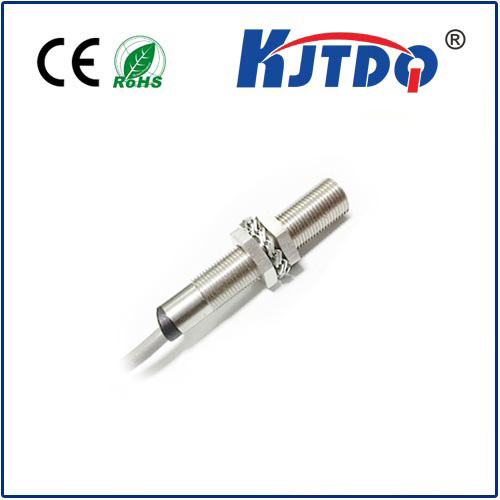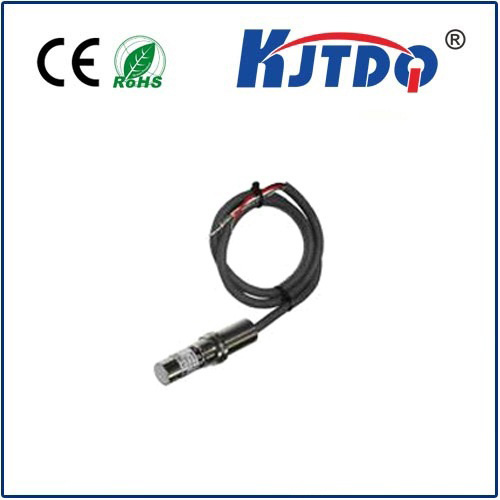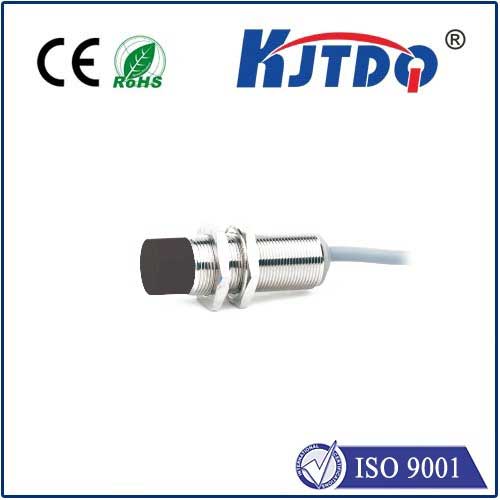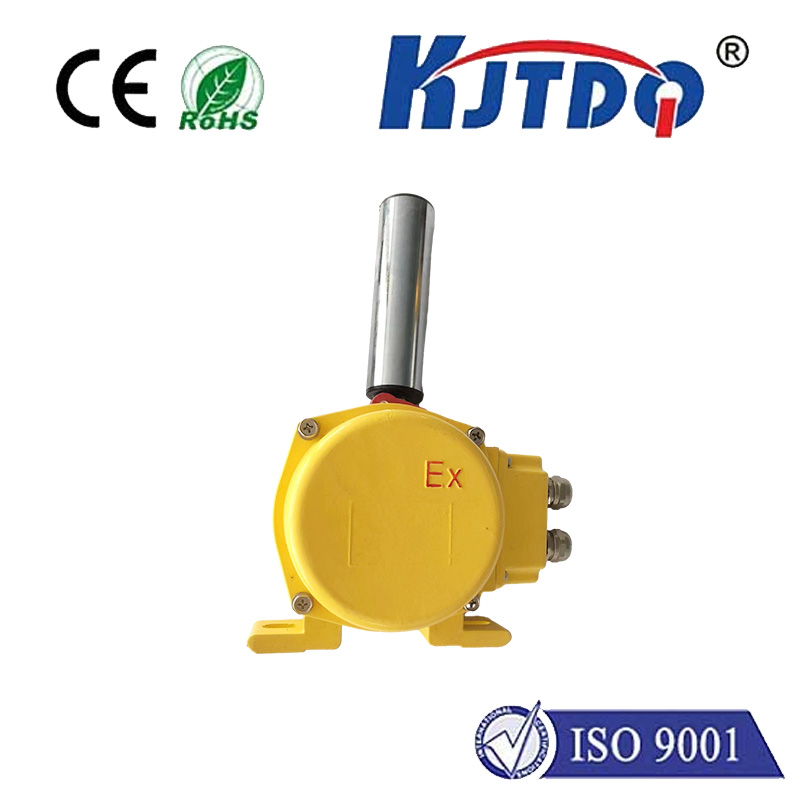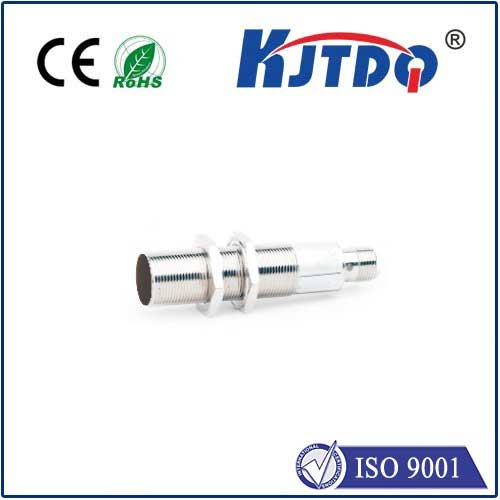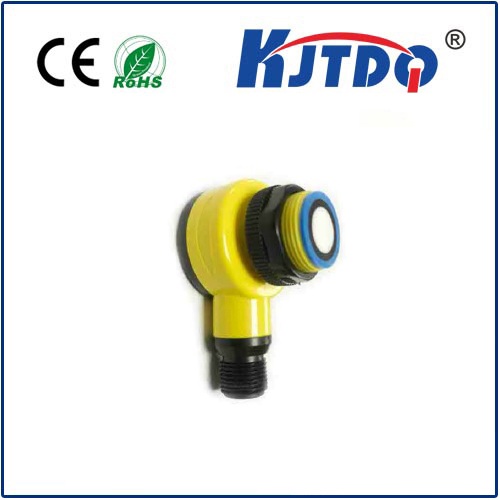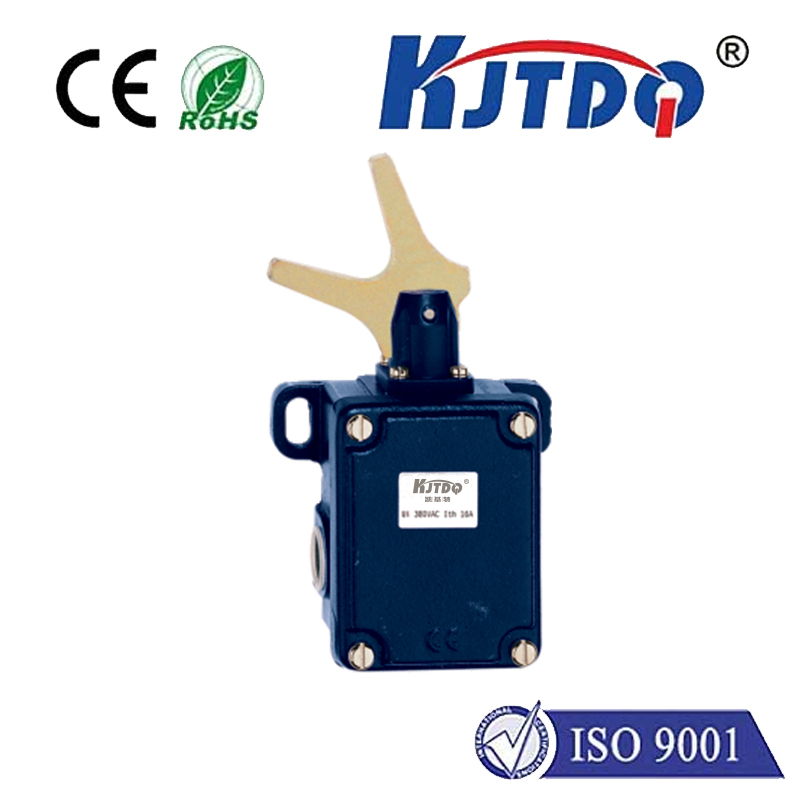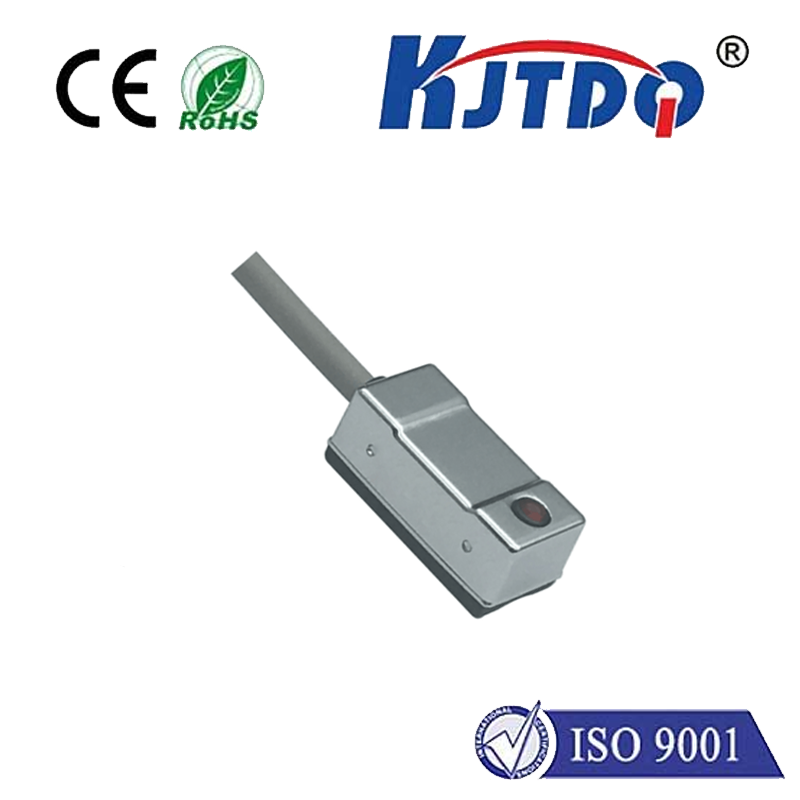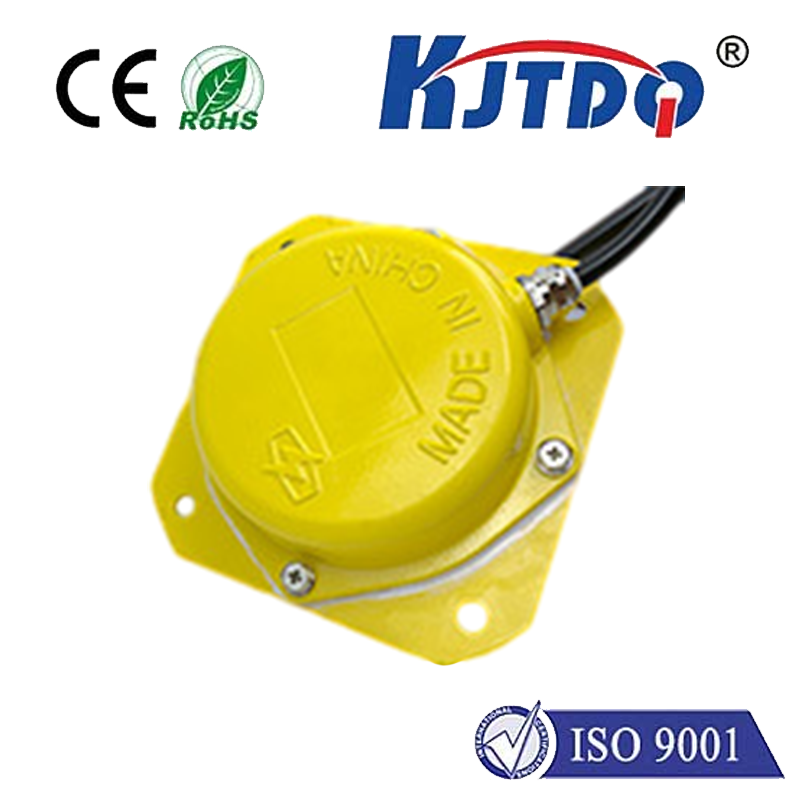

check

check

check

check

check

check

check

check

check

check

Title: Unveiling the Potential of Ring Proximity Sensors in Modern Technology In the ever-evolving landscape of technology, innovations that push boundaries and enhance user experiences are always at the forefront. One such groundbreaking development is the ring proximity sensor, a sophisticated tool transforming how we interact with our digital environments. A ring proximity sensor is an advanced electronic device designed to detect the presence or absence of nearby objects without any physical contact. It works by emitting an electromagnetic field or an infrared beam from a ring-shaped component, which then measures changes in this field or beam when an object comes into close proximity. This technology has found its applications in various sectors due to its precision, efficiency, and non-invasive nature. The automotive industry stands as a prime example where ring proximity sensors have made significant contributions. These sensors play a crucial role in developing safety features like adaptive cruise control and parking assistance systems. By accurately detecting obstacles around the vehicle, they enable cars to maintain safe distances, alert drivers to potential collisions, and even facilitate automatic braking if necessary. This not only enhances passenger safety but also paves the way for autonomous driving technologies. In the manufacturing world, ring proximity sensors are revolutionizing quality control processes. They can be integrated into production lines to monitor the position and movement of components during assembly, ensuring precise alignment and placement. This reduces errors, improves product consistency, and ultimately leads to higher customer satisfaction. Moreover, their ability to operate in harsh industrial environments makes them ideal for monitoring machinery health, predicting maintenance needs, and preventing unexpected downtime. Another fascinating application lies within the realm of healthcare devices. Wearable health monitors equipped with ring proximity sensors can unobtrusively track vital signs such as heart rate and blood oxygen levels. These sensors provide continuous, real-time data that can be critical for managing chronic conditions, improving patient outcomes, and supporting telemedicine initiatives. Furthermore, their compact size and minimalist design make them comfortable for extended wear, encouraging better adherence to monitoring routines. The consumer electronics market has also embraced ring proximity sensors, particularly in smart home devices. These sensors empower everything from automated lighting systems that adjust brightness based on room occupancy to advanced security systems capable of identifying unauthorized access attempts. Their integration into everyday gadgets adds a layer of intelligence and convenience, enhancing the overall user experience while promoting energy efficiency and personal safety. As we look towards the future, it’s evident that ring proximity sensors will continue to play a pivotal role in shaping the next generation of technological advancements. Their versatility, combined with ongoing research and development efforts, promises further improvements in sensitivity, accuracy, and integration capabilities. Whether it’s enhancing automotive safety, optimizing industrial operations, advancing healthcare solutions, or enriching smart homes, the potential applications of ring proximity sensors are boundless. Embracing this technology today means stepping into a tomorrow where seamless interaction with our surroundings becomes the new norm.

